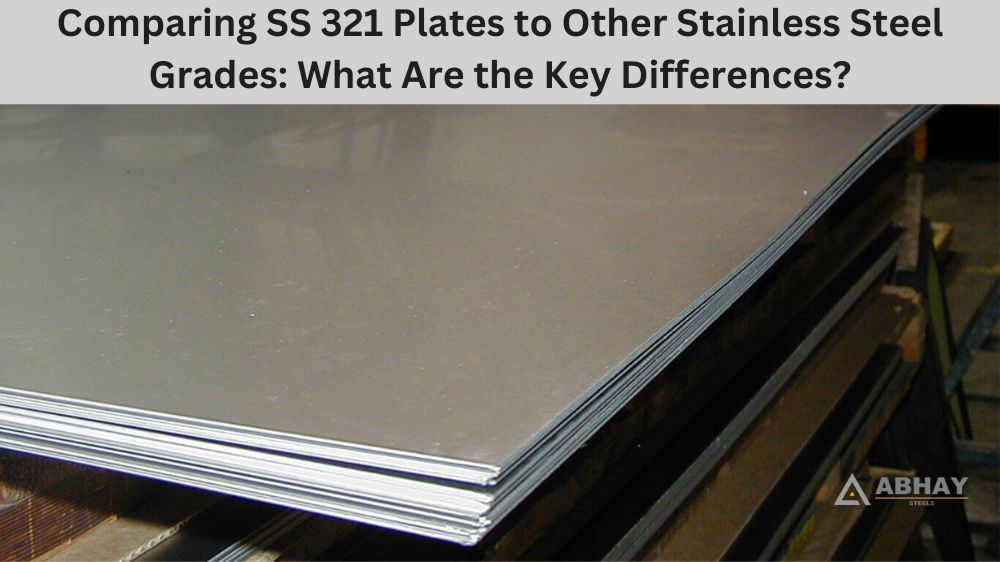Stainless steel is one of the most popular materials in the industrial world due to its durability, strength, and corrosion resistance properties. One of the popular stainless steel grades on the market is SS 321, often used in high-temperature applications and aerospace industries. What sets Stainless Steel 321 plates apart from other stainless steel grades? What makes it stand out? This blog post dives into the key differences between Stainless Steel 321 plates and other stainless steel grades in the market.
What is Stainless Steel 321 Plates
SS 321 is a titanium-stabilized austenitic stainless steel plate with improved intergranular corrosion resistance. It provides excellent strength and toughness even at cryogenic temperatures. Compared to other stainless steel grades, SS 321 Plates has higher levels of chromium, resulting in superior corrosion protection and improved weldability over some alternative steels—additionally, the higher nickel content in SS 321 results in greater ductility and formability for forming applications.
SS 321 plates vs SS 304 plates
SS 321 and SS 304 exhibit comparable properties, yet they vary in composition. SS 304 contains a lower carbon content than SS 321, rendering it less adept in high-temperature applications. Conversely, SS 321 plates are better suited for deployment in high-temperature environments, thanks to the addition of titanium, which enhances their resistance against corrosion. As a result, SS 304 plates find extensive use in the food and beverage industry, benefiting from their excellent corrosion resistance properties.
SS 321 plates vs SS 316 plates
Another popular stainless steel grade, known for its excellent corrosion resistance properties, is SS 316. It finds widespread use in marine applications, medical equipment, and the chemical industry. However, SS 316 has a higher carbon content than SS 321, which makes it less suitable for high-temperature applications. SS 321 plates offer better resistance against high-temperature corrosion than SS 316 plates.
SS 321 plates vs SS 347 plates
SS 347 is a stabilized alloy of SS 321 and is known for its resistance to intergranular corrosion. It’s a popular choice for applications where weldability and resistance to high-temperature environments are critical. The main difference between SS 321 and SS 347 plates is their composition. SS 347 has higher levels of niobium and tantalum, which provide better corrosion resistance properties in certain applications.
SS 321 plates vs Inconel 600
Inconel 600 is a nickel-based alloy with excellent corrosion and heat resistance properties. Unlike SS plates, Inconel 600 can handle extreme temperatures of up to 2000 degrees Fahrenheit. The aerospace, chemical, and nuclear industries commonly use it. However, Inconel 600 is more expensive than Stainless Steel 321 plates and less widely available.
The cost difference between SS 321 plates and other stainless steel grades
When choosing between different types of stainless steel grades, the cost is a critical factor to consider. SS plates are less expensive than nickel-based alloys such as Inconel 600 but more expensive than SS 304 and SS 316. The cost difference between SS 321 and SS 347 is relatively small, although the price may vary depending on the supplier and order quantity.
Conclusion:
In conclusion, Stainless Steel 321 plates have unique properties that set them apart from other stainless steel grades in the market. SS 310 outperforms SS 304 and SS 316 in high-temperature environments but falls short of Inconel 600’s resistance to extreme temperatures. When selecting the right stainless steel grade for your application, it’s essential to consider the cost, availability, and specific properties required. By understanding the differences between SS 321 plates and other stainless steel grades, you can make an informed decision that meets your application needs and budget.

